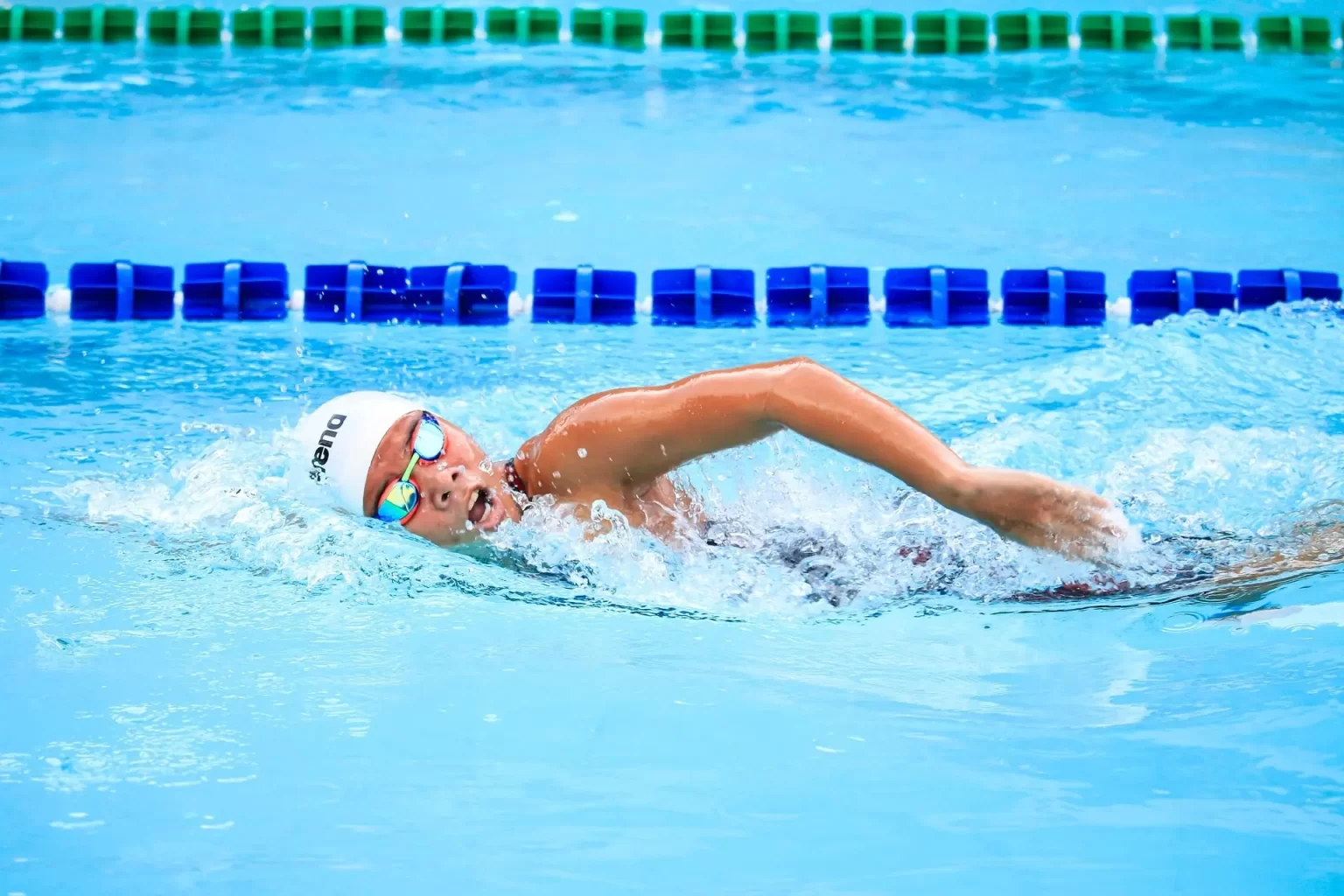Those who learn to swim are generally introduced to the 4 swimming styles right away. There are different ways of moving through the water, but they all require the movement of the entire body.
Swimming is recognized as one of the most complete sports that exist precisely because it demands different muscle groups. This physical activity, in addition to improving cardiorespiratory capacity, like other aerobic exercises, also helps you relax, as it is performed in water and requires total concentration.
The 4 swimming styles were created at different times and have undergone modifications over the years. First, breaststroke was invented in the 16th century. Then came the backstroke. Later came freestyle or crawl. Finally, the butterfly, initially as a variation of the breaststroke.
Learn more about the 4 swimming styles:
Free
In freestyle or crawl, the swimmer lies on their stomach and kicks their feet alternately, up and down, in short movements. The arms also come out of the water one at a time, while the other remains in front of the body, extended. Breathing is done by turning the head to the side of the arm that is out of the water.
Back
In the backstroke, the movements are similar to those in the front crawl, but inverted, as the athlete is face up. The advantage is that you don’t have to take your head out of the water to breathe, as your face is facing upwards all the time.
Chest
In breaststroke, the athlete’s movements resemble those of a frog. The swimmer starts on his stomach, with his head in the water and with his arms extended in front of his body, as he opens his arms in the water, he bends his knees, which remain open. The arm is drawn close to the chest and the head comes out of the water to breathe.
Butterfly
In butterfly swimming, the 2 arms and 2 legs are synchronized at all times and, for every 2 kicks, 1 stroke occurs. Also lying face down, with arms extended in front of the body. The athlete pulls the submerged arms close to the body, raising his head to breathe. Then, he takes his open arms out of the water and brings them together again in front of his head. Meanwhile, the legs make an undulating movement, up and down, together.
A little of the history
In ancient times, swimming was so important that it became a subject in the educational system. With the fall of the Roman Empire, however, the sport was practically forgotten and was only resumed in the 16th century.
In Brazil, although the Indians already swam long before the arrival of the Portuguese. It was only in 1897 that the sport was officially introduced in the country. With the founding of the União de Regatas Fluminense, in Rio de Janeiro.




